
views
Learning the Algorithms

Don't learn too many algorithms at once. Don't try to learn more than two to three algorithms in one day unless they are very short because you need to be able to remember them months, maybe years later.
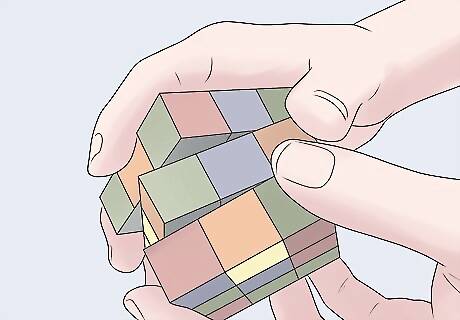
Start incorporating the algorithms you have learned into your everyday solving. If you don't speedsolve every day, start doing it.
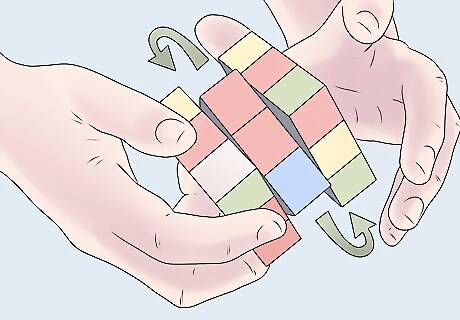
Learn similar algorithms together. For example, after learning the T perm, try out the Y, F and Jb permutations.
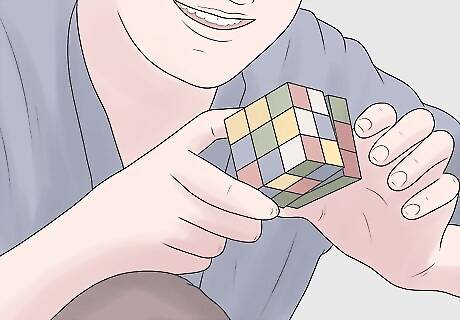
Learn 2-look OLL before learning full OLL. Not only will this improve your times more quickly, but it will give you a head start if you do decide to learn full OLL. With just 21 Algorithms, it's recommended to learn full PLL at one time, even if it takes you 3 weeks.

Learn full PLL before full OLL. Not only are there far less algorithms, but it will save you more time on your solves.
Practicing the Algorithms

Practice scramble algorithms for an easy start. If you are having trouble following the standard cube notation, practice by doing scramble algorithms from the WCA Scramble Generator at https://www.worldcubeassociation.org/regulations/history/files/scrambles/scramble_cube.htm. Try to get the cube to match the picture. You can even time yourself to try to get faster at scrambling! You can even draw yourself a picture, so you don't have to immediately recognize the notation for solving; for example, If it says R' you may have trouble while doing an algorithm it to recognize it fast enough that you get out of your rhythm, so draw yourself a picture and show what side you need to turn.

(For F2L and OLL cases) Give the cases names. If they are silly, or refer to some inside joke, all the better. For example, you might call the seven corner OLL cases headlights, hammerhead, weird/awkward, Sune, anti-Sune, hammerheadlights and double headlights. Or whatever you like!

Split up the work with a friend. If you have a friend who is also trying to learn the same algorithms, then every day you can each learn one to two algorithms, then teach the other what you learned. This can help sometimes as you can exchange simple mnemonics and remind each other if one person forgets an algorithm. Moreover, everyone learns best through teaching.
Memorizing the Algorithms
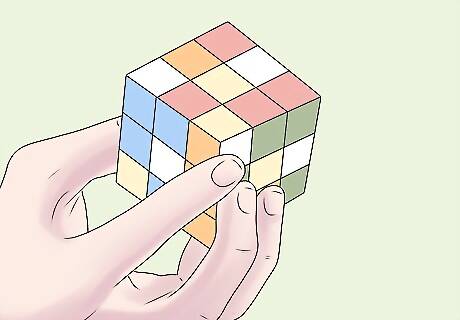
Memorize basic triggers. For example, the trigger [ R U R' U' ] is very common. It's sometimes referred to as the "sexy" move. There's also [ R' F R F' ], the "sledgehammer." Learn to recognize these triggers, as it can turn a six-move algorithm like [ F R U R' U' F' ] into a three move one: [ F "sexy" F'].

Keep a notebook of algorithms you're trying to learn. Write the algorithms down, including a diagram of the case or how it moves the pieces. Once you can perform an algorithm easily after a day of not seeing it in the notebook, you cross it off.
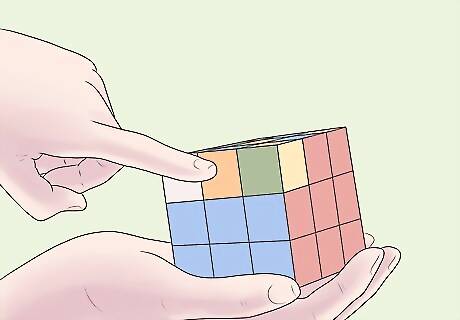
Try following certain pieces or colors throughout an algorithm. For example, the initial author learned the V permutation by seeing how the white stickers move around on the front and right faces. And the Sune should be extremely easy to learn by following the front-right F2L pair.














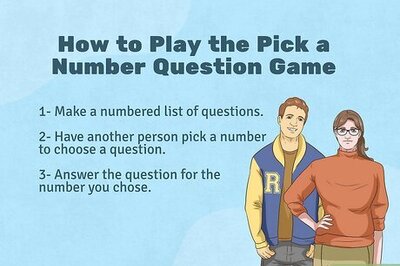




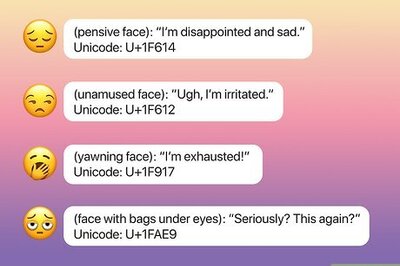
Comments
0 comment